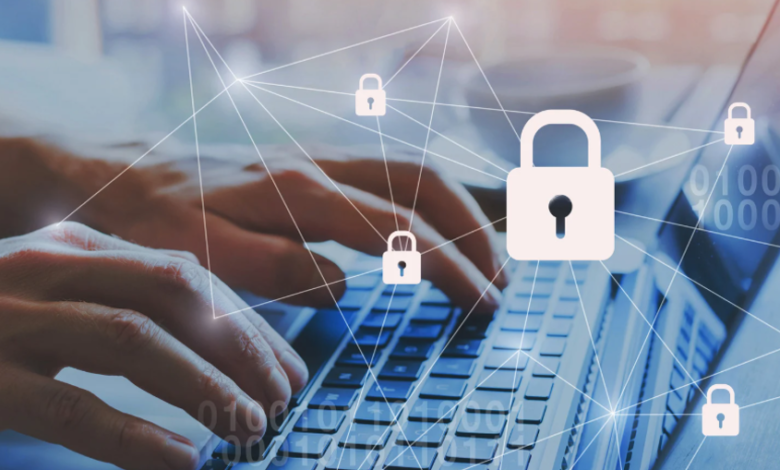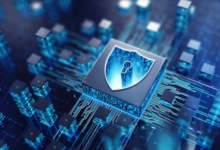The Role of Cybersecurity in Ensuring Data Privacy and Compliance

Data breaches and privacy violations have become the defining security challenges of the digital era, with organizations facing unprecedented risks to their reputation and regulatory standing. As cyber threats evolve in sophistication and frequency, the connection between robust cybersecurity measures and data privacy protection has never been more critical. Professional cybersecurity in Alpharetta helps organizations navigate this complex landscape by implementing comprehensive protection strategies that safeguard sensitive information while maintaining regulatory compliance. The intersection of cybersecurity and data privacy creates a foundation for business trust and operational continuity. Understanding this relationship empowers organizations to build resilient security frameworks that protect both their assets and their stakeholders’ sensitive information.
Protecting Sensitive Data Through Security Controls
Cybersecurity serves as the first line of defense against unauthorized access to personal and confidential business data. Effective security controls create multiple barriers that prevent malicious actors from reaching sensitive information stored within organizational systems.
Encryption technologies transform readable data into protected formats that remain useless even if intercepted by unauthorized parties. This fundamental security measure ensures that personal information, financial records, and proprietary business data maintain their privacy throughout storage and transmission processes.
Access controls and authentication systems verify user identities before granting system permissions, ensuring only authorized personnel can view or modify sensitive data. These mechanisms prevent internal security breaches while maintaining detailed audit trails that support compliance documentation requirements.
Regulatory Compliance Through Security Frameworks
Modern data privacy regulations like GDPR, HIPAA, and CCPA mandate specific cybersecurity measures that organizations must implement to achieve compliance. These frameworks recognize that data privacy cannot exist without robust security foundations that protect information from unauthorized disclosure.
Regular security assessments and vulnerability testing help organizations identify potential weak points before they become compliance violations. Proactive security monitoring ensures continuous adherence to regulatory standards while demonstrating due diligence in data protection efforts.
Understanding common cybersecurity attacks enables organizations to implement targeted defenses against the most prevalent threats that could compromise data privacy and regulatory compliance simultaneously.
See also: How to Break Into the Tech Industry
Incident Response and Data Breach Prevention
Comprehensive cybersecurity strategies include incident response planning that minimizes the impact of security events on data privacy. These plans outline specific procedures for containing breaches, assessing damage, and notifying affected parties within regulatory timeframes.
Real-time monitoring systems detect unusual network activity and potential security incidents before they escalate into full data breaches. Early detection capabilities provide security teams with the information needed to respond quickly and prevent unauthorized data access.
Documentation and forensic analysis following security incidents provide valuable insights for improving future protection measures while supporting regulatory reporting requirements that many compliance frameworks mandate.
Employee Training and Human Factor Security
Technology alone cannot ensure data privacy without addressing the human elements that create security vulnerabilities within organizations. Employee education and awareness programs play crucial roles in maintaining the security posture that protects sensitive data.
Recognizing the importance of cyber security awareness training for employees helps organizations address the human factors that contribute to security breaches and data privacy violations through targeted education and behavioral change initiatives.
Phishing awareness and social engineering training help employees recognize and resist manipulation attempts that could compromise their access credentials. These skills prove essential for maintaining the access controls that protect sensitive data from unauthorized disclosure.
Data Classification and Protection Strategies
Effective cybersecurity begins with understanding what data requires protection and implementing appropriate security measures based on sensitivity levels. Data classification systems help organizations prioritize their security investments while ensuring compliance with privacy regulations.
Automated data loss prevention systems monitor data movement and usage patterns to identify potential privacy violations before they occur. These technologies provide real-time protection against accidental or intentional data exposure while maintaining detailed logs for compliance auditing.
Backup and recovery systems ensure data availability while maintaining security controls that prevent unauthorized access to archived information. These systems support business continuity while preserving the integrity and privacy of sensitive data.
Conclusion
The symbiotic relationship between cybersecurity and data privacy creates the foundation for organizational trustworthiness and regulatory compliance in the digital age. Professional security measures protect sensitive information while enabling organizations to meet their legal obligations and maintain stakeholder confidence. By investing in comprehensive cybersecurity strategies, organizations create resilient frameworks that safeguard data privacy while supporting sustainable business operations in an increasingly connected world.







